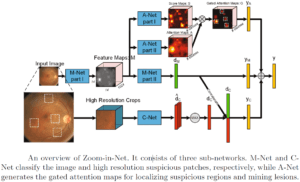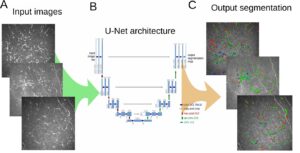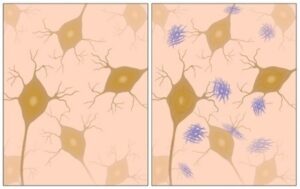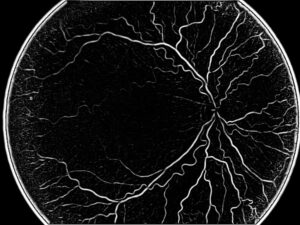Glaucoma is often described as a condition of high intraocular pressure (IOP), or pressure inside the eye, leading to damage of the optic nerve. However, some cases of glaucoma are Normal-Tension Glaucoma (NTG), with normal levels of pressure on the optic nerve. Treatment of glaucoma involve medication, surgery, or a combination.
When we try to estimate how severe is a case of glaucoma, we have to look at the main area featuring the high damage of the pressure, which is the optic nerve. In that area, we notice a loss of retinal ganglion cells, photoreceptor nerve cells needed to transform light rays into electrical impulses, sent to the brain via the optic nerve. Their survival is necessary, but high pressure causes their death. In addition, we also observe a thinning of the Retinal Nerve Fiber Layer (RNFL): the choice way to assess these conditions for an accurate glaucoma detection is through cross-sectional 3D images taken by Optical Coherence Tomography (OCT) images or alternatively by color fundus images. OCT retinal images are very precise and enable our algorithms to make accurate measurements. The optic nerve is usually easy to detect, following the concentration of all blood vessels around its circular form. In addition to a possible glaucoma detection, all depressions on the surface of the retina are also detected.
Quantitative measurements are given following the deviation of tissues from the norm and the thickness of the Retinal Nerve Fiber Layer is measured after segmenting the different layers. This thickness is a precious and objective indicator of the status of the glaucoma.
Glaucoma Detection using deep learning
In a practical example using fundus color images, an algorithm detects the optical disc, which is the visible section of the optic nerve. Within that disc, a brighter area is found called the cup: when the cup-to-disc (C/D) ratio is larger than 0.3, expert ophthalmologists suspect a probable condition of glaucoma. Deep learning algorithms can help provide this assessment in an automated way using region of interest (the optical disc) and providing a probability for glaucoma, which the physician can use to support his diagnosis and treatment decisions.
Engineers at RSIP Vision have developed a very strong knowledge of the eye and of deep learning techniques, the combination of which enables us to help the medical experts take the most appropriate decisions for the patient, like we do in glaucoma detection and in many other ophthalmology tasks.

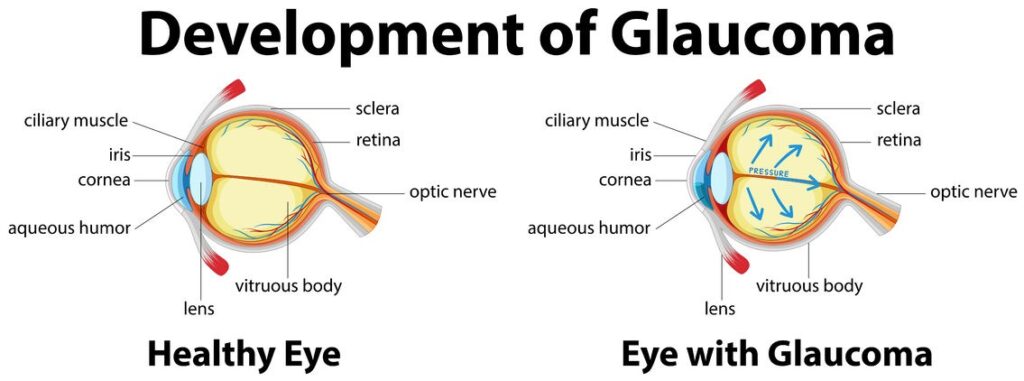
 Ophthalmology
Ophthalmology